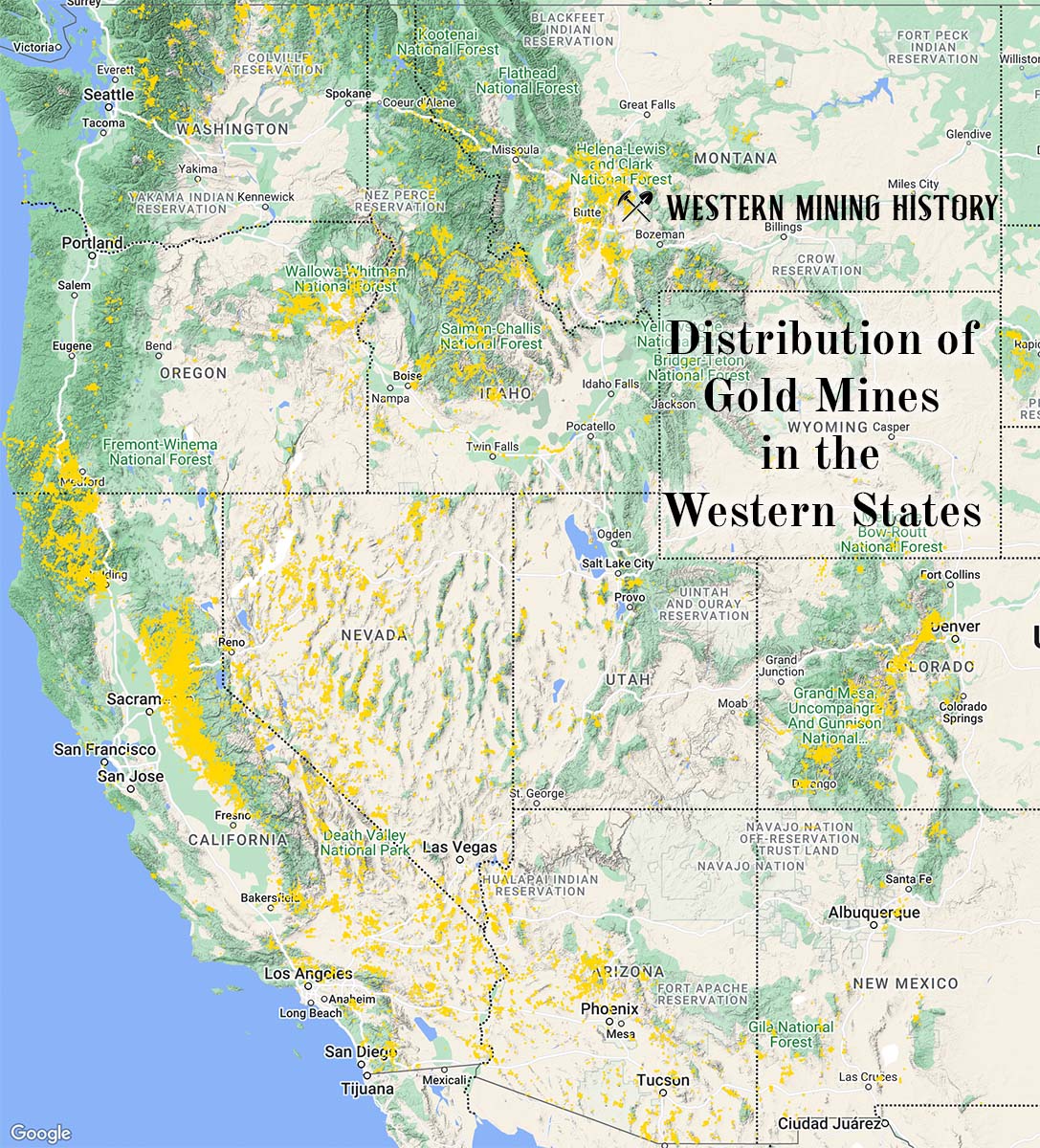The Boundary is a copper and barium-barite mine located in Alaska.
About the MRDS Data:
All mine locations were obtained from the USGS Mineral Resources Data System. The locations and other information in this database have not been verified for accuracy. It should be assumed that all mines are on private property.
Mine Info
Boundary MRDS details
Site Name
Primary: Boundary
Secondary: Boundary Glacier
Commodity
Primary: Copper
Primary: Barium-Barite
Secondary: Zinc
Secondary: Arsenic
Secondary: Cobalt
Location
State: Alaska
District: Juneau (Skagway subdistrict)
Land Status
Not available
Holdings
Not available
Workings
Not available
Ownership
Not available
Production
Not available
Deposit
Record Type: Site
Operation Category: Prospect
Operation Type: Unknown
Years of Production:
Organization:
Significant:
Physiography
Not available
Mineral Deposit Model
Model Name: Massive sulfide, kuroko
Orebody
Not available
Structure
Not available
Alterations
Alteration Text: Quartz-sericite (?).
Rocks
Not available
Analytical Data
Not available
Materials
Ore: Pyrite
Ore: Pyrrhotite
Gangue: Calcite
Gangue: Quartz
Gangue: Sericite
Comments
Comment (Geology): Geologic Description = Still and others (1991) describe this prospect as: 'Narrow bands of iron-stained metasedimentary rocks and altered metabasalt that crop through glacial ice.' 'Float and bedrock samples of sedimentary and volcanic rocks contain up to 0.034 ppm gold, 1.214 ppm silver, 280 ppm zinc, 1,390 ppm copper, 390 ppm cobalt, 400 ppm arsenic, and 200 ppm nickel.' 'A barite rich band hosted in white phyllite contained 47% barium.' Rubicon Minerals (1998) in an unpublished Executive Summary, cites work by Kennecott Alaska Exploration that describes Boundary as: '...quartz-sericite-pyrite schist and felsite with chalcopyrite.' Rubicon also cites Kennecott samples with maximum values of 6.5% copper, 16 ppm lead, 3,610 ppm zinc, 12 ppm silver, and 1.980 ppm gold. Sample descriptions from Still and others (1984) mention phyllite, white phyllite, sericite schist, greenstone and quartzite. These rock types are similar to those at baritic massive sulfide prospects like the Main Zone/Palmer (SK066) and RW Zone (SK067) deposits, and Rubicon Minerals (1998) considers Boundary to be a volcanogenic massive-sulfide system. The phyllitic rocks may reflect a felsic volcanic or altered mafic volcanic protolith. If Boundary is a volcanogenic massive sulfide system correlative with the Windy Craggy deposit in Canada and the Greens Creek deposit on Admiralty Island, then this prospect and others like it in the Mt. Henry Clay area are probably Late Triassic (Still, 1984 [OF 118-84]; Newberry and others, 1997).
Comment (Deposit): Model Name = Besshi- or Kuroko-type massive sulfide (?) (Cox and Singer, 1986; models 28a? or 24b?).
Comment (Geology): Age = If Boundary is a volcanogenic massive-sulfide deposit correlative with the Windy Craggy deposit in Canada and the Greens Creek deposit on Admiralty Island, then this prospect and others like it in the Mt. Henry Clay area are probably Late Triassic (Still, 1984 [OF 118-84]; Newberry and others, 1997).
Comment (Exploration): Status = Active
Comment (Reference): Primary Reference = Still and others, 1991
References
Reference (Deposit): Newberry, R.J., Crafford, T.C., Newkirk, S.R., Young, L.E., Nelson, S.W., and Duke, N.A., 1997, Volcanogenic massive sulfide deposits of Alaska, in Goldfarb, R.J. and Miller, L. D., eds., Mineral deposits of Alaska: Economic Geology Monograph 9, p. 120-150.
Reference (Deposit): Gilbert, W.G., and Redman, E.C., 1989, Lode deposits, prospects, and occurrences of the Porcupine mining area, southeast Alaska: U.S. Bureau of Mines Open-File Report 17-89, 1 sheet, scale 1:39,600.
Reference (Deposit): Still, J.C., Gilbert, W.G., and Forbes, R.B., 1987, Final report of stream sediment, float, and bedrock sampling in the Porcupine mining area, southeast Alaska, 1983-1985: U.S. Bureau of Mines Open-File Report 36-87, 35 p., 8 sheets.
Reference (Deposit): Still, J.C., Weir, K.R., Gilbert, W.G., and Redman, E.C., 1984, Stream-sediment, float, and bedrock sampling in the Porcupine mining area, southeast Alaska: U.S. Bureau of Mines Open-File Report 173-84, 19 p.
Reference (Deposit): Rubicon Minerals, 1998, Palmer VMS Project, southeast Alaska, Executive Summary: unpublished report by Rubicon Minerals Corporation, Vancouver, British Columbia, 25 p.
Reference (Deposit): Still, J.C., Hoekzema, R.B., Bundtzen, T.K., Gilbert, W.G., Wier, K.R., Burns, L.E., and Fechner, S.A., 1991, Economic geology of Haines-Klukwan-Porcupine area, southeastern Alaska: Alaska Division of Geological and Geophysical Surveys Report of Investigations 91-4, 156 p., 5 sheets, scale 1:63,360.
Reference (Deposit): Still, J.C., 1991, Bureau of Mines mineral investigations in the Juneau mining district, Alaska, 1984 - 1988, v. 2, Detailed mine, prospect, and mineral occurrence descriptions, section A, Haines-Klukwan-Porcupine subarea: U.S. Bureau of Mines of Mines Special Publication, 214 p.
Reference (Deposit): Still, J.C., 1984, Stratiform massive sulfide deposits in the Mt. Henry Clay area, southeast Alaska: U.S. Bureau of Mines Open-File Report 118-84, 65 p.
The Top Ten Gold Producing States

These ten states contributed the most to the gold production that built the West from 1848 through the 1930s. The Top Ten Gold Producing States.